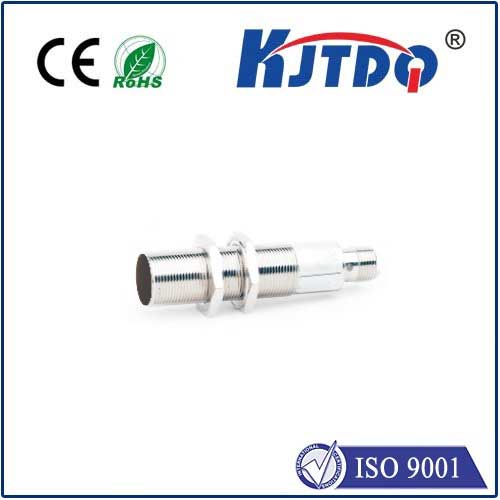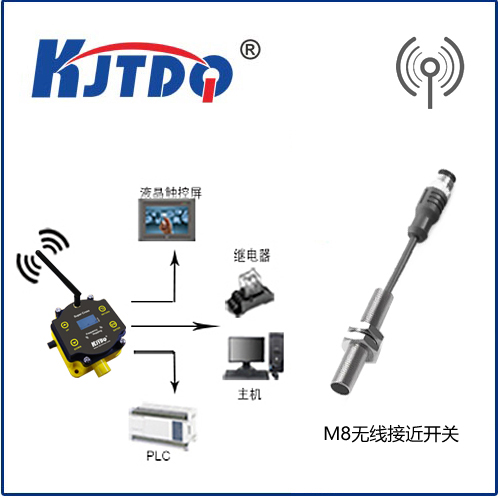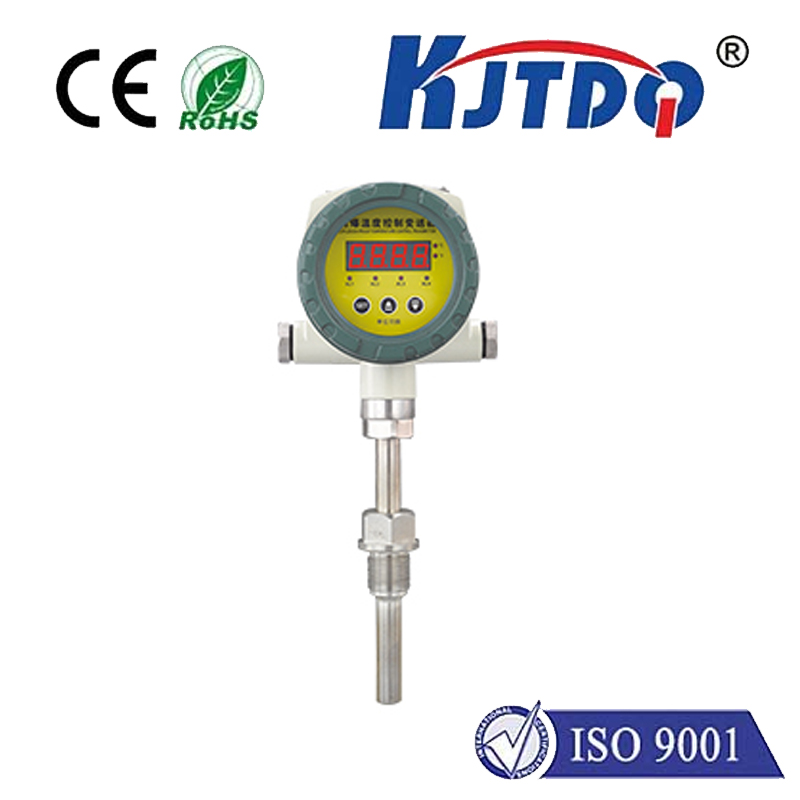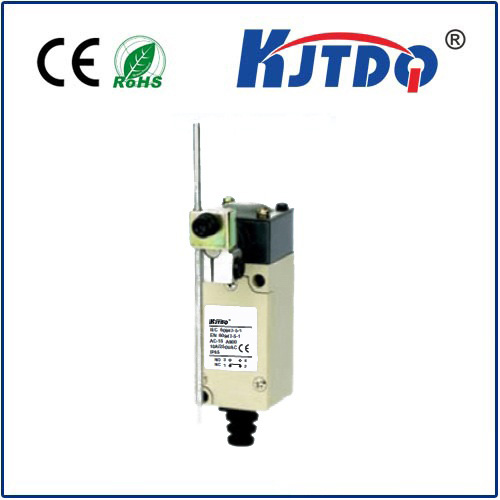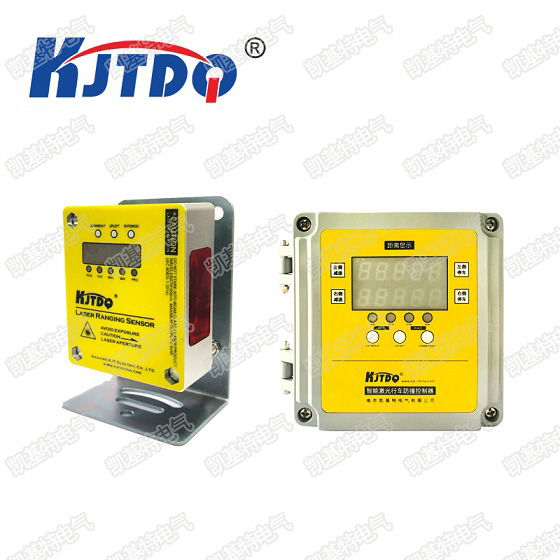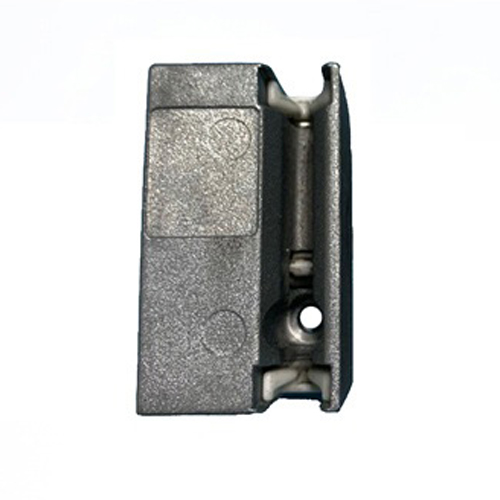glass temperature gauge
- time:2025-08-21 04:09:25
- Нажмите:0
The Glass Temperature Gauge: Your Window to Safe & Efficient Operations
Imagine a critical industrial process humming along. Liquids flow, reactions occur, and heat is managed. Now, picture a scenario where the precise temperature of that liquid becomes invisible. Minor fluctuations go unnoticed, creeping towards a point where viscosity changes, reactions stall, or worse, equipment fails catastrophically. This is where the humble, often overlooked glass temperature gauge proves its indispensable worth. Far from being outdated, this direct-reading instrument remains a vital sentinel across countless industries, offering unmatched simplicity and reliability for crucial temperature monitoring. It’s your direct line of sight into the thermal state of your process.
What Exactly Is a Glass Temperature Gauge?
At its core, a glass temperature gauge is a remarkably straightforward yet highly effective instrument designed to provide a direct visual indication of liquid temperature. Unlike complex digital sensors that require power and transmitters, it operates purely on physical principles. The essential components are:
- The Glass Tube: The heart of the gauge. This is typically a thick-walled, precision-bore tube made from specially formulated borosilicate glass (like Pyrex®), renowned for its high thermal shock resistance, chemical durability, and transparency.
- The Gauge Body: A robust metal assembly (often brass, stainless steel, or other alloys) that houses the glass tube and provides the connection points (threads, flanges) to the process piping or tank.
- Internal Liquid: A temperature-sensitive filling liquid, commonly mercury or an organic liquid like xylene or toluene dyed for visibility, sealed within the glass tube.
- Scale: A clearly marked temperature scale, usually engraved or printed on metal or a durable backing, positioned directly behind or alongside the glass tube.
- Protective Enclosure (Optional but Common): A heavy-gauge metal casing, often with a glass or clear plastic window, shielding the fragile glass tube from impacts and environmental hazards while still allowing clear viewing. This is crucial for safety.
- Thermowell (Highly Recommended): A protective metal sheath inserted into the process flow. The sensitive part of the gauge itself threads into this thermowell. This vital component isolates the gauge from direct contact with corrosive, high-pressure, or high-velocity fluids, dramatically extending its life and protecting personnel.
The Simple, Reliable Principle Behind It
The magic lies in physics. As the temperature of the process liquid changes, heat transfers through the gauge body and thermowell (if used) to the filling liquid inside the sealed glass tube. Liquids expand significantly when heated and contract when cooled. Mercury, for example, has a very predictable and linear expansion rate with temperature change. As the temperature rises, the liquid column visibly expands and rises within the precision tube. Conversely, it falls as the temperature drops. An operator simply reads the top of the liquid column against the calibrated scale to determine the liquid process temperature instantly.

Where Glass Temperature Gauges Shine: Key Applications
Their inherent simplicity makes glass thermometers ideal for numerous scenarios demanding direct, reliable reading:
- HVAC Systems: Monitoring boiler feedwater temperatures, chiller outputs, and heating loops.
- Process Industries: Overseeing chemical reactions, storage tank temperatures, heat exchanger inlets/outlets, and distillation columns.
- Производство: Controlling plating bath temperatures, lubricant and coolant systems, and hydraulic reservoirs.
- Power Generation: Monitoring auxiliary systems like cooling water and fuel oil temperatures.
- Laboratories: Providing quick visual checks on water baths, reactors, and other equipment.
- Food and Beverage: Ensuring pasteurization temperatures and monitoring storage conditions.
- Marine Applications: Engine coolant monitoring and tank temperature checks.
Essentially, wherever a direct, localized, unpowered temperature reading of a liquid is required for safety, control, or monitoring, a glass temperature gauge is a strong candidate.
Enduring Strengths: Why Choose a Glass Temperature Gauge?
In an age of digital everything, the persistence of glass thermometers speaks to their profound utility:
- Simplicity & Ease of Use: Requires no power source, batteries, or complex calibration routines. Reading is instantaneous and intuitive.
- High Reliability & Accuracy: When properly selected and installed, they offer excellent, drift-free accuracy within their specified range. No electronic components to fail.
- Direct Visual Readout: Eliminates dependence on secondary displays or remote monitoring systems for critical local observation. There’s no ambiguity in the reading.
- Low Maintenance: Once installed correctly, they typically require minimal upkeep, barring physical damage.
- Cost-Effectiveness: Generally significantly lower initial cost compared to sophisticated digital temperature transmitters.
- Suitability for Harsh Environments: Their simple construction makes them inherently more resistant to electrical noise, vibration (when adequately protected), and certain environmental factors than sensitive electronics.
Important Considerations and Limitations
While invaluable, glass temperature gauges are not universal solutions. Understanding their boundaries is crucial:
- Fragility: The glass tube is inherently vulnerable to impact, vibration, and thermal shock. Proper installation with protective enclosures and thermowells is non-negotiable for safety and longevity.
- Limited Range & Accuracy Class: They operate within specific temperature ranges defined by the filling liquid. Mercury limits the upper range significantly. Accuracy is good but typically not as high as premium-grade RTDs or thermocouples.
- Reading Distance & Precision: Reading accuracy decreases with distance and requires a direct line of sight. Fine graduations might be harder to resolve than a digital display.
- Remote Monitoring Limitation: By design, they provide only local indication. For remote monitoring or integration into control systems, a separate electronic sensor is still required.
- Environmental Concerns: Mercury-filled gauges require careful handling and disposal due to mercury’s toxicity. Organic liquid fillings are more environmentally friendly but may have different temperature ranges and expansion characteristics.
Choosing and Using Your Glass Gauge Wisely
Maximizing the effectiveness and lifespan of your industrial temperature monitoring tool involves smart choices:
- Match Material to Process: Ensure the wetted parts (gauge body, thermowell) are compatible with your process fluid (chemical resistance, pressure rating).
- Never Skip the Thermowell: Always specify and use a correctly rated thermowell. It protects the gauge and allows for replacement without shutting down the process.
- Select the Right Filling Liquid: Consider temperature range, environmental impact (mercury vs. organics), and local regulations.
- Appropriate Enclosure: Choose a protective case suited to the environment (


